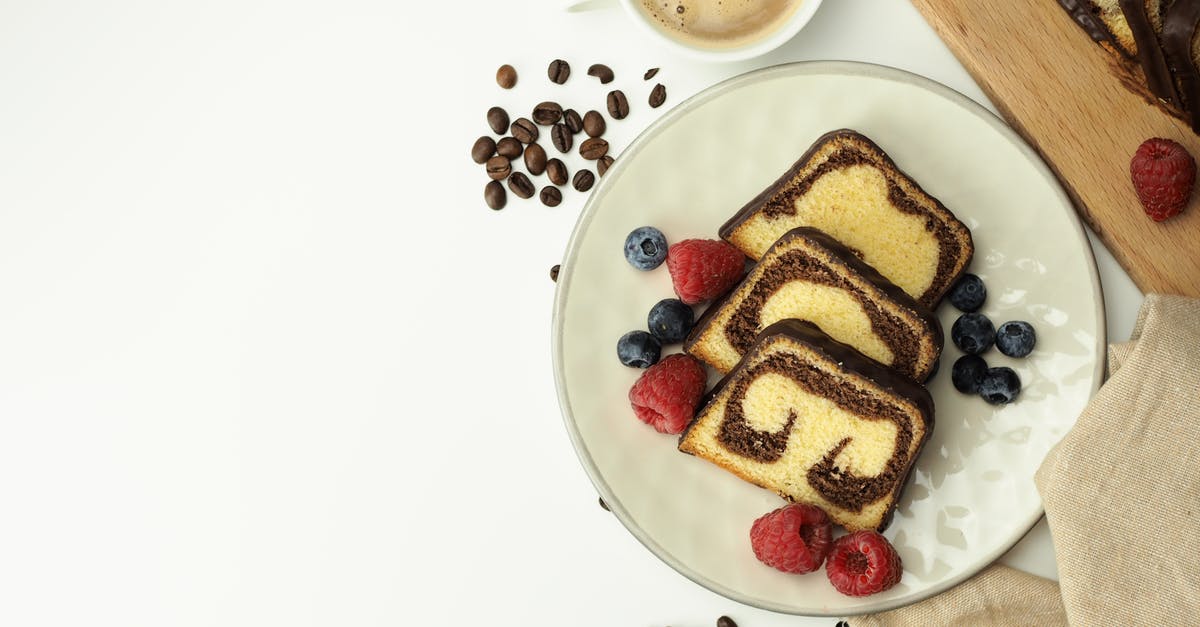White bread without the "yeasty" or "bready" flavor

I'm trying to recreate a very specific brand of white bread from my parents' hometown, which isn't available outside about a 60-mile radius since the bakery doesn't use preservatives. But it's DANG good, and I'd like to be able to make something similar for myself in between trips to visit my parents.
The things I know about the bread are:
- VERY pale, despite apparently using wheat flour - pure white inside and a very light tan on the crust
- Extremely light and airy inside, with a fairly open crumb
- Delicate, almost sweet flavor, with none of the usual "yeasty" or "bready" flavors in typical white breads
- Makes a very lightweight but sturdy and crispy toast
- Supposedly made from a German recipe from 1852, unchanged except for "the removal of lard" (I don't know what, if anything, replaced the lard)
- The ingredients listed on the packaging are
Enriched wheat flour,water,sugar,yeast,buttermilk,shortening (soybean and palm oils),malt,salt
I've made a few attempts at recreating the recipe, but so far haven't had any luck. The main problem is that no matter what I do, I can't eliminate the "yeasty" or "bready" taste. The closest I've gotten is by replacing half the water in a standard white bread recipe with buttermilk, substituting lard for shortening, and substituting all the sugar except what starts the yeast, with half the amount of malted milk powder (I've ordered proper diastatic malt powder but it'll be a while before it arrives).
However, among other issues, that recipe still results in the distinct "yeasty" or "bready" taste that I'm trying to avoid. I found this question which asks about how to increase the yeast flavor in bread, but I'm not yet good enough at bread science to reverse the answers.
How can I remove the "yeasty" flavor from my bread, ideally while also maintaining the characteristics listed above?
Best Answer
One way to reduce the taste of yeast is paradoxically to use more yeast.
With more yeast (and higher temperature, and more sugar) you can make the dough rise faster, which yields less of the yeasty flavour. (Normally the process is the reverse - in order to get more yeasty flavour, use less yeast and let it rise for longer (and at lower temperature)).
An other alternative is to use the Chorleywood process, but that's not really suitable for home use.
I also think you're a bit confused regarding the use of 'wheat' as an adjective. Most white bread is made with wheat flour (i.e. ground endosperm from triticum), but when some (American?) bakers say 'wheat', what they really mean is 'whole-wheat', which does not mean '100% wheat', but rather that the flour they're using is (at least partly) made from whole wheat grains.
Pictures about "White bread without the "yeasty" or "bready" flavor"



The Beer Show - Review: Holsten Premium Bier from Holsten-Brauerei (Carlsberg)
More answers regarding white bread without the "yeasty" or "bready" flavor
Answer 2
You can't get rid of the yeasty flavor in bread completely, however it's a subtle flavor and you can cover it up with other flavors. The ingredients of your DANGgood bread show it's an enriched bread as it has added oil, fat (from the buttermilk) and sugar. You could use the same approach and make an enriched bread yourself for the flavor aspects, enriched breads also have a very pillowy structure. I personally have a Japanese milk bread recipe that has eggs, milk, butter and sugar in it and it's become my absolute go-to recipe as it's absolutely reliable, and extremely delicious. I have adapted it to use a 50:50 mix of white and whole spelt flour, and it still gives extremely elastic results.
You could also look to other flours with a strong flavor, for instance rye, to cover the yeasty flavor, however ryes tend not to have the structure you are looking for.
Sources: Stack Exchange - This article follows the attribution requirements of Stack Exchange and is licensed under CC BY-SA 3.0.
Images: Maria Orlova, Marta Dzedyshko, Marina Leonova, Mateusz Feliksik
